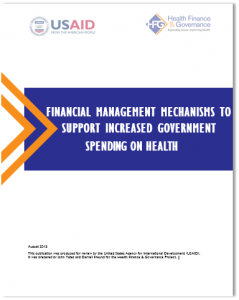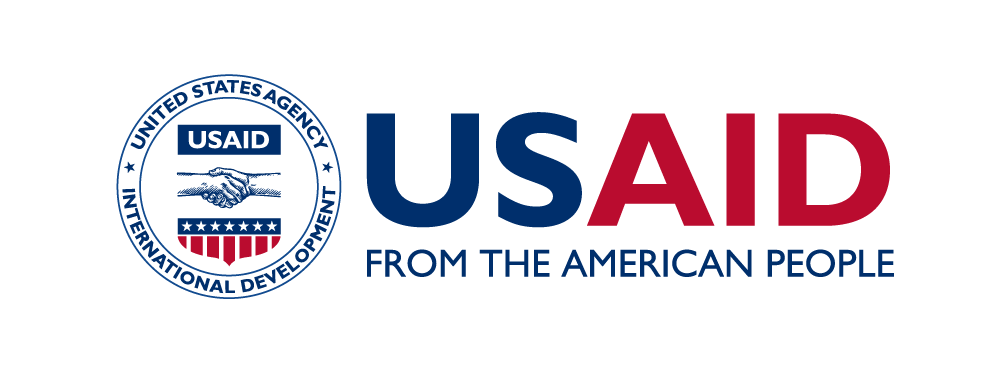Financial Management Mechanisms to Support Increased Government Spending on Health
Categories: Health Finance, Public Financial Management, Publications
Resource Type: Report
Authors: John Yates and Darrell Freund
Published: September 2018
Resource Description:
While many low- and middle-income country (LMIC) governments have increased funding for the health sector over the past decade, more public resources will be required to reach any reasonable definition of universal health coverage (UHC). While funding UHC in these countries remains a daunting task, PFM mechanisms can support efforts to increase this funding. This paper seeks to answer questions governments and donors are asking, including: What PFM mechanisms should be used to improve the chances that the health sector benefits and realizes the sustained investments over time necessary to pursue UHC?
This paper introduces an analytic framework for assessing PFM mechanisms. Providing a consistent framework for assessing PFM mechanisms makes it easier to understand their scope, complexity, interrelationships, and linkages. The framework covers the current state of PFM and an “end state”—or ideal state at maturity—in LMICs, roles of key actors, necessary preconditions for reforms, options and steps for implementation, and potential challenges and risks. The paper then describes the government financial management information system and its role in expenditure management. Next, the paper explains the importance of revenue forecasting in determining the overall budget envelope that constrains government spending. Then both medium-term budgeting and performance budgeting processes are described as the key areas where health system stakeholders should engage in PFM processes and may influence the budget allocations for public health. Lastly, the paper highlights the potential role of earmarking to ensure that sufficient government funds are allocated to public health.
Download



